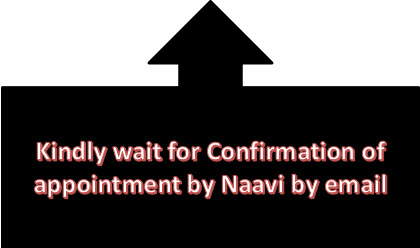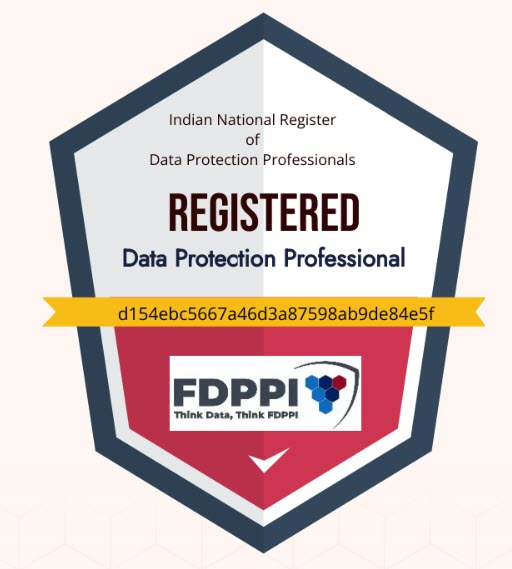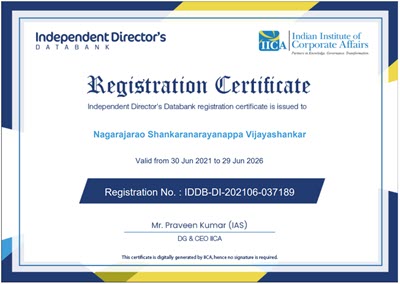Naavi.org has been from time to time bringing to the attention of the public the urgent need for RBI to issue a confirmatory circular regarding the “Limited Liability” it proposed through a draft circular No RBI/2016-17/DBR. No. Leg. BC/09.07.005/2016-17.
In this circular, RBI had stated that
” With the increased thrust on financial inclusion and customer protection as the two crucial pillars of financial stability and considering the recent surge in customer grievances relating to unauthorised transactions resulting in erroneous debits to their accounts/cards, the criteria for determining the customer liability in these circumstances have been reviewed. The revised directions in this regard are set out below.”
The circular further stated that
a) The liability of the customer for unauthorized debits will be restricted and will be “Zero” in the followign cases.
i) Fraud/ negligence on the part of the bank (irrespective of whether the loss/fraudulent transaction is reported by the customer or not)
ii) Third party breach where the fault lies neither with the bank nor with the customer but lies elsewhere in the system, and the customer notifies the bank within three working days of receiving the communication from the bank regarding an unauthorized transaction.
Further, there would be limited liability of the customer in following cases.
a) In cases involving negligence by a customer, such as where he has shared the payment credentials, the customer will bear the entire loss until he reports the unauthorised transaction to the bank. Any loss occurring after the reporting of the unauthorised transaction shall be borne by the bank.
(b) In cases where the responsibility for the unauthorised electronic banking transaction lies neither with the bank nor with the customer but lies elsewhere in the system and when there is a delay (of four to seven working days) on the part of the customer in notifying the bank of such a transaction, the customer liability shall be limited to the transaction value or ₹ 5000/-, whichever is lower. Further, if the delay in reporting is beyond seven working days, the customer liability shall be determined as per bank’s Board approved policy. Banks shall provide the details of the bank’s policy in regard to customers’ liability formulated in pursuance of these directions at the time of opening the accounts. Banks shall display their approved policy in public domain for wider dissemination. The existing customers must also be individually informed about the bank’s policy.
Overall liability of the customer in third party breaches, as detailed above, where the fault lies neither with the bank nor the customer but lies elsewhere in the system, is summarised in the following table:
| Time taken to report the fraudulent transaction from the date of receiving the communication | Customer’s liability (₹) |
| Within 3 working days | Zero liability |
| Within 4 – 7 working days of receiving the communication | The transaction value or ₹ 5000/-, whichever is lower |
| Beyond 7 working days of receiving the communication | As per bank’s Board approved policy |
In addition, it was stated that
“The burden of proving customer liability in case of unauthorised electronic banking transactions shall lie on the bank”
The circular was considered beneficial to the customers since in most cases of frauds, the customer is the victim who has lost money because of reasons beyond his control and hence it is the “Insecure System of Banking” that causes the risk. If the economy benefits by this “Digital banking Systems” then the economy has to bear the cost and not the bank customers.
The circular mentioned that public comments could be sent upto August 31 which indicated that soon there after RBI would confirm the circular as “Operational”.
Unfortunately, months have passed and despite registered notice to none other than the Governor of RBI, the Finance Minister and the Prime Minister, the circular remains to be notified in operational form.
Recently therefore, I had asked an RTI query about the reasons why this circular has not yet been operationalized and I have received the following response
“The feedback/suggestions/comments on the said draft circular received from various stake holders, public are being examined”
The RTI reply is silent on the reasons for the delay.
It is not conceivable that RBI has received such large number of responses that it could not analyze in the last 6 months. They cannot even blame the demonetization on the delay since the demonetization happenned on November 8th and RBI had more than two months time before this to take its decision on the circular.
It is therefore clear that the influential Banks have brought pressure on the RBI not to operationalize the circular since they want to continue to make customers liable for the mistakes of the Banks.
I therefore call upon RBI once again not to hide behind excuses and political statements such as “being examined” and take a bold decision. If it is subservient to the IBA and Banks and cannot over ride their objections, RBI may say so. At least we will then know where our regulator stand in relation to the customer’s interests. If otherwise, RBI is committed to “Safe Banking” in India, they should issue a circular stating that the circular is operative and also make it applicable to all pending disputes between customers and their Bankers as of date.
I wish the media which runs behind non issues such as Jallikattu should ask questions of RBI about the delay. I hope CNBC TV and ET Now as well as other financial channels take it up as their mission to reflect the voices of the customers. Now that Mr Arnab Goswami is still in the background, it is an importunity for other journalists to raise the pitch and ask “Nation wants to know…what is holdign up RBI?”
Naavi











On 6 JULY RBI issued the ZERO LIABILITY circular, Isn’t RBI accountable for such a long delay in making it “operational”? How can one hold RBI to accountability except for RTI?
Thank you for writing such articles, it helped me to write my article https://karrni.wordpress.com/2017/07/09/rbis-zero-liability-trick-of-faux-security/